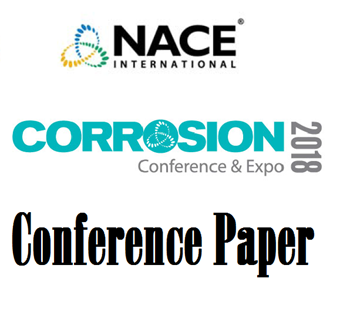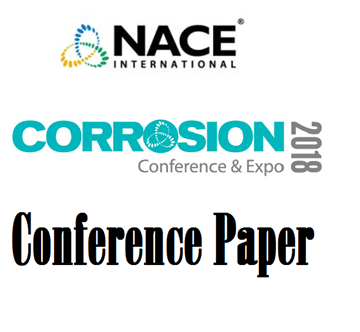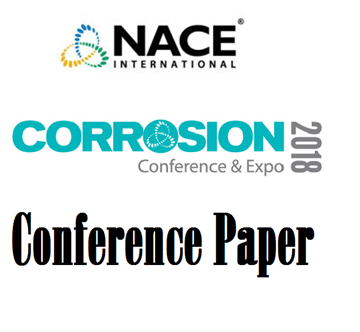Search
51318-10873-Influence of temperature and pH on SCC assisted by H2S susceptibility of 22%Cr duplex
Also Purchased
51318-10877-High Temperature Alloys Failures in the Petrochemical Furnaces. Mitigation and Prevention
Product Number:
51318-10877-SG
Publication Date:
2018
$20.00
51318-10899-Case Histories of Low Alloy Steel Used for Completion Tools in High-H2S and -CO2 Environments
Product Number:
51318-10899-SG
Publication Date:
2018
$20.00
51318-10862-ASSESSING THE IMPACT OF INSULATION CHOICE ON CORROSION IN A HIGH HUMIDITY DUAL TEMPERATURE ENVIRONMENT
Product Number:
51318-10862-SG
Publication Date:
2018
$20.00




